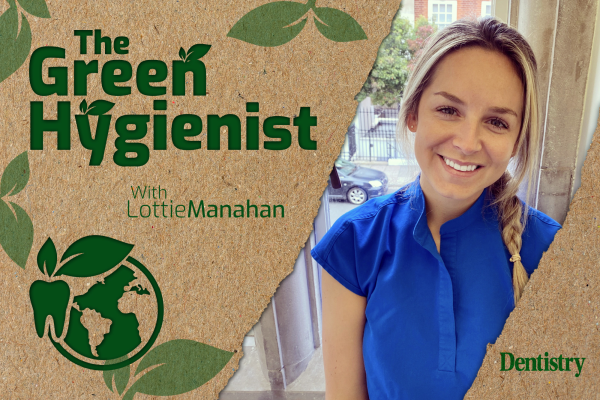Lottie Manahan talks about single-use plastics and why dental professionals need to rethink their responsibilities.
The Journal of Dentistry had a fantastic addition this month. It put true emphasis on the use of single use plastics (SUPs) in clinical dental practice and hospital settings. The journal is international, placing high emphasis on publishing high-quality research. It aims to influence the practices of dentistry for clinicians, policy-makers, the industry and at research level.
When you feel passionately about reducing the eight million tonnes of plastic waste being dumped in our oceans every year, while wearing the PPE continuously in our working life, it is very hard indeed to find the balance. We have a duty as healthcare professionals to do no harm. PPE is saving lives and protecting us all from harm so is very important to our practice. But consequently, it is harming our environment.
True extent
As the research in the journal presents: ‘Healthcare services, among other organisations, contribute significantly to plastic waste, in 2016/17 the NHS providers produced over 590,000 tonnes of waste.’ This figure is before the pandemic even got started and that’s what scares me and many others who understand the true extent to the environmental damage from the plastic pollution.
So what research was carried out? An observational study of four dental practices and clinics within a UK undergraduate dental school. The PPE used during various different procedures were observed and measured by trained and calibrated observers. PPE items used before and during the pandemic were also included separately.
The results? An average of 21 single-use plastic waste items are used for every procedure with a mean mass of 345g (about as heavy as a can of soup). This includes the set up and the clean down after. The use of PPE increased from 14 items (pre-Covid) to 19 (during pandemic). This shows that the dental profession at the point of care uses a high volume of SUPs that becomes clinical waste. The pandemic has significantly increased such problems of waste.
High five to professor Nicolas Martin, Dr Steven Mulligan, Dr Peter Fuzesi and Professor Paul V Hatton for using their time to put together such a high-quality paper, which will no doubt spread awareness. It exposes the true waste dental care creates. This hopefully allows all readers to understand this crisis needs us all to act now.
Healthcare has a responsibility
We often just dismiss the idea of reducing plastic waste in the dental surgery because we don’t see past the regulations the CQC put on us. But what is the point in protecting people wrapped in plastic when we have no planet to survive on in the future?
Looking at the discussion of the study I support manufacturers and distributors that provide single-use plastic items to the clinical oral healthcare profession. We should consider and implement approaches that include effective waste management, with recovery and recycling at its core. That is part of a circular plastics economy.
Oral healthcare providers have an opportunity to drive change by engaging with these stakeholders upstream of the supply chain and with the waste recovery companies.
As healthcare providers we have a responsibility as always to focus on the delivery and maintenance of good oral health to our patients. This approach focuses on reduction of the need for restorative consumables and less carbon footprint attending restorative appointments.
I really hope all areas of the dental profession read this powerful report before its too late to turn this around.
Read more in this series:
- Five things practices can do to make a sustainable change
- Why do we need sustainable dentistry?


